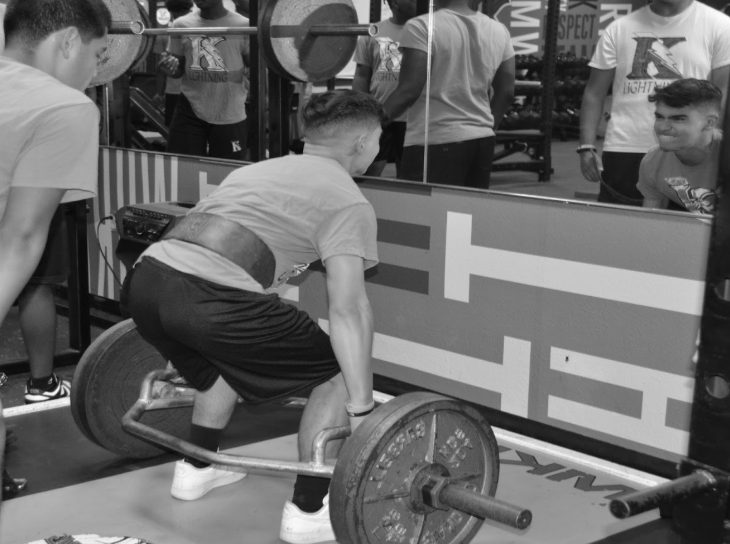“Body positivity” – defined as a social movement promoting a positive view of all bodies – has been at the forefront of diversity initiatives implemented by companies and heavily promoted on social media platforms. Why then, do all the efforts encouraging us to be happy in our skin seem to be futile?
The modern body positivity movement is said to have started around 2012, first appearing on Instagram, though the idea the movement perpetuates gained popularity in the mid to late 19th century. Since then, however, body dysmorphia and eating disorders among teenagers have drastically increased, with the latter being the worst it has ever been in terms of prevalence and severity, according to NBC News.
The appearance-oriented culture that we live in often targets teenagers as potential consumers for things like beauty products, as per NPR, and social media influencers and celebrities fall into our society’s “beauty standard.” When the same notion of what it means to be pretty is constantly promoted to adolescents, it can and usually does harm their body image.
“All I see on Tiktok are pretty and skinny girls and I want to look like them, it’s what everyone seems to like,” an anonymous student said. “I’ve struggled with body dysmorphia and I tend to have bad eating habits, I know it’s not uncommon in high school though.”
So how has body positivity tried, and ultimately failed, in addressing this problem? Most body positivity influencers tend to be on one side of the spectrum or the other, meaning they are usually very thin or are obese. So a lot of the value of what they are preaching is lost when teenagers don’t see a lot of representation of average body types. Moreover, the primary message of the movement “love yourself and the skin you’re in” is ineffective because it is simply much easier said than done. Therefore, it tends to fall flat and sound corny, and even condescending at times.
As teenagers deal with insecurities, being constantly told just to love yourself can cause many to be suffocated by the toxic positivity, which, according to Forbes “inadvertently stigmatizes negative emotions that are natural to a situation.” Moreover, many teenagers may feel unable to measure up to the confident version of themselves society expects them to be, leading to even more frustration.
This “positive toxicity” pushes people to openly expose the good in their lives, while any real sadness or bad self-esteem one may feel is not addressed. Your negative feelings can’t just be automatically shut off by repeating phrases in front of the mirror, and positivity can turn to negativity if used in a damaging way, like through intensity or aggressiveness.
“I’m just being told to love myself, I see comments on posts of people who aren’t what society deems beautiful saying that they ‘love their confidence’,” an anonymous student said. “I feel like a lot of it is backhanded, I’m insecure about how my body looks, telling me that what I’m insecure about is fine despite what society thinks, doesn’t help.”
So how do we promote body positivity? It’s hard, but I think we need to change how we go about helping people in a way that doesn’t seem so shallow. We should also show more real bodies, no editing photos online or using Tik Tok filters, and have more “normal”/midsize representation.
The underlying problem lies in what we as a society have deemed beautiful, as modern beauty standards are almost always unachievable – there is always something that “could be improved” and recent trends like “looksmaxing” don’t help. Universal body acceptance is unrealistic, but we can work against widespread insecurities by promoting nuanced positivity and body neutrality.





























